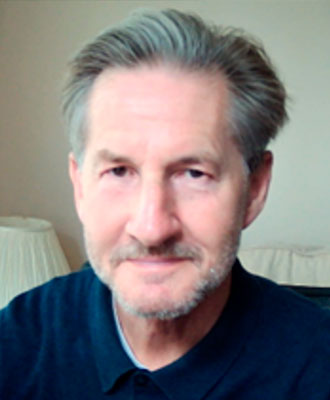Abstract
A new generation of seismic inversion applications have recently entered the market, applications that estimate facies probabilities. This represents a culmination of several strands of development running over many years. Firstly, simultaneous inversion of multiple angle stacks to fully exploit the AVO content of the data. Secondly, the move from deterministic to probabilistic inversion which recognises the inherent non-uniqueness of seismic inversion and aims to quantify the uncertainty of the result. Thirdly, the adoption of direct inversion for reservoir properties rather than via an intermediate step of elastic property estimation and, finally, a preference for categorical variables, facies in this case, rather than continuous variables such as porosity.
These innovations have resulted in inversion applications that are significantly more reliable than those of previous generations. They provide for much broader integration of information and, most significantly, an assessment of the reliability of the output. This is particularly important given that information content of seismic amplitudes is highly variable, depending not just on data quality but also geological context which will vary spatially within the same dataset.
Although these new applications share a common goal and framework, the algorithms they employ appear quite different. They each must find ways to overcome the considerable challenges specific to seismic facies inversion operating within a broadly Bayesian framework. The best way to do this remains an area of active research.
In this talk, I will discuss the benefits of each of the development strands. I will examine the particular characteristics of the facies inversion objective function and the difficulties this poses for inversion algorithms. I will describe different approaches to the problem and demonstrate how these solutions, when combined with the other innovations, have the potential to provide much-improved inversion applications.
Biography
Patrick Connolly is a consultant geophysicist specializing in seismic reservoir characterization. He retired from BP in 2015 as Senior Advisor for Geophysical Analysis. His primary occupation now is providing training courses for the industry. He is also a Visiting Lecturer at the School of Earth & Environment, University of Leeds, UK.
Patrick has over 40 years industry experience, including 15 years in research in both technology management and R&D project leadership, 10 years as an analyst/interpreter in exploration and appraisal teams in the North Sea/West of Shetlands, Gulf-of-Mexico and offshore West Africa, 10 years programming and 3 years as a data processor. He was awarded the 2001 SEG Virgil Kauffman Gold Medal for the development of elastic impedance. He was an EAGE Distinguished Lecturer in 2007, an SEG Distinguished Lecturer in 2010 and his presentation Probabilistic seismic inversion using pseudo-wells was awarded the 2017 SEG Best Paper at the Annual Meeting.





